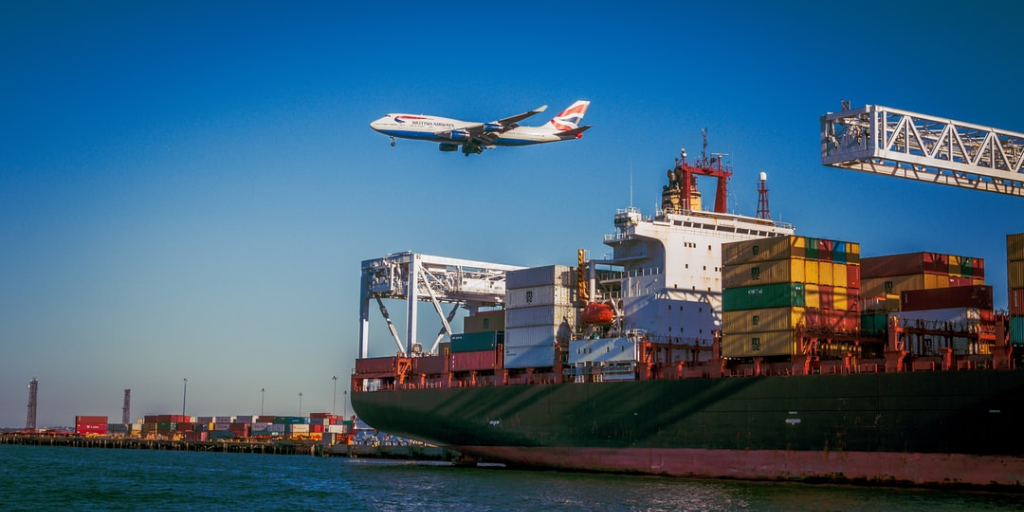For many companies, selling into new markets is the fastest way to grow their businesses. More units sold results in revenue growth and greater economies of scale, leading to increased productivity and profits. Market share and brand recognition also increase which creates additional sales opportunities and boosts a company’s assets and valuation. Who wouldn’t want all that?
Unfortunately, the vast majority of US companies neglect the opportunities that exist in international markets. Even existing exporters fail to proactively seek out new international opportunities. According to the International Trade Administration, 98% of US exporting firms are classified as Small and Medium Sized Enterprises (SME’s) and, of these, a full 84% sell to 5 or fewer international markets.
Most US exporters began their journey this way: One day an email was received, requesting to become the company’s rep or distributor in some international market. Over the years a few additional emails came in, probably from Canada and Mexico, even though these 2 countries rank just 10th and 15th respectively in world-wide GDP. This is what we call the “Accidental Exporter.”
There are many excuses as to why companies do not proactively grow into new international markets with, “Fear of the unknown” and “Prior negative experiences” topping the list. Making matters worse, accidental exporters rarely follow best practices in terms of market prioritization, properly vetting distributors/reps, implementing contracts/agreements or making use of programs to reduce costs and risk including Duty Drawbacks, International Trade Zones, the EX-IM Bank, etc.
Although exporting is not terribly difficult, it is also not as simple as flipping a switch. For this reason, a multitude of state and federal trade resources have been created to help US companies to become better exporters and to realize the benefits of entering new international markets. These resources cover most trade topics and apply to various business functions and, for this reason, even experienced exporters typically utilize just a few of these resources. I myself, having been responsible for Latin American Sales & Marketing at a small Midwest manufacturer many years ago, did not learn about the EX-IM Bank because this was not my area of focus. Conversely, our credit manager, not being part of the “international” division, was also unaware of the EX-IM Bank.
The Wisconsin SBDC Network has created the Go Global Initiative, to help new-to-export companies looking to enter into international markets, but also, to provide technical assistance to more experienced exporters to up their game. The initiative leverages best practices from a multitude of programs including the International Trade Center (ITC) network, the National Association of Small Business Educators (NASBITE) and ExporTech to name a few. Our goal is to engage with companies state-wide and inform them of the many state and federal trade resources and make recommendations on next steps. We encourage any interested companies take advantage of our Export Assessment tool to learn what specific trade resources and programs can assist them to grow their business.

